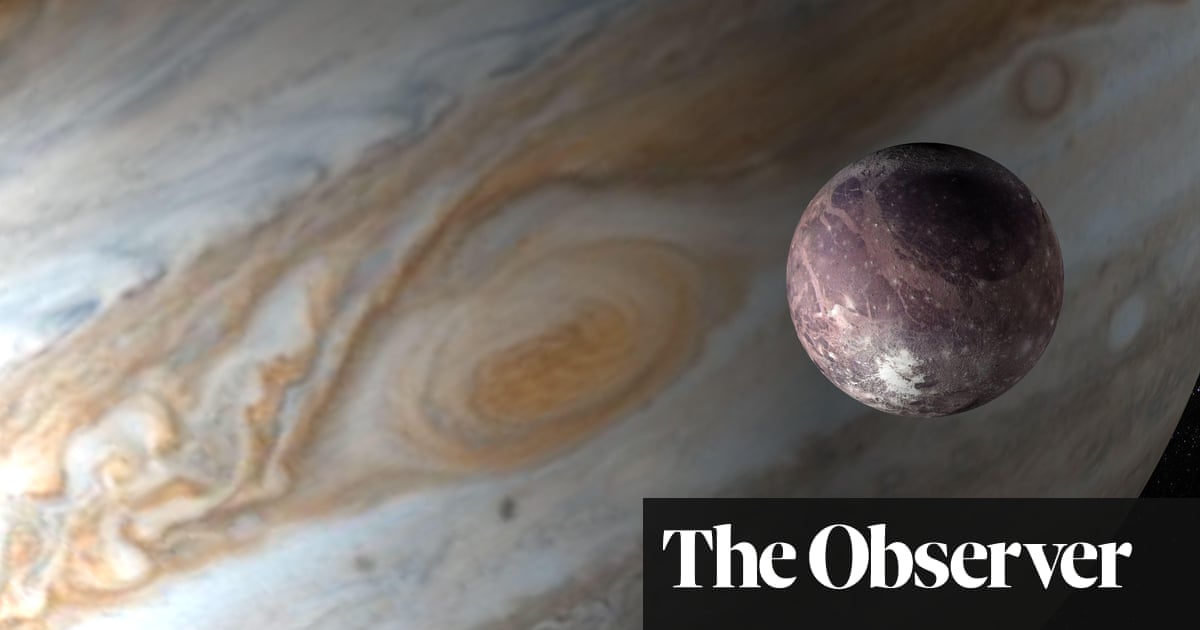Some interesting information.

 www.theguardian.com
www.theguardian.com
...images from those close flybys showed ice floes on Europa’s surface. One region in particular, called the Conamara Chaos, in honour of a rugged coastline in Ireland, became the poster child portrait of the moon. But the biggest surprise was the amount of water that the theoreticians needed to account for the signals: more than twice the amount of water found in all of Earth’s oceans. Because Europa is only a quarter of Earth’s diameter, the water must be spread around the moon in a global ocean, 25 to 95 miles deep, beneath a 10- to 15-mile-thick ice crust.

‘It’s like finding needles in a haystack’: the mission to discover if Jupiter’s moons support life
The European Space Agency’s Juice mission launches next month, flying closer to icy moons – including Ganymede, the solar system’s largest – than ever before
...images from those close flybys showed ice floes on Europa’s surface. One region in particular, called the Conamara Chaos, in honour of a rugged coastline in Ireland, became the poster child portrait of the moon. But the biggest surprise was the amount of water that the theoreticians needed to account for the signals: more than twice the amount of water found in all of Earth’s oceans. Because Europa is only a quarter of Earth’s diameter, the water must be spread around the moon in a global ocean, 25 to 95 miles deep, beneath a 10- to 15-mile-thick ice crust.

